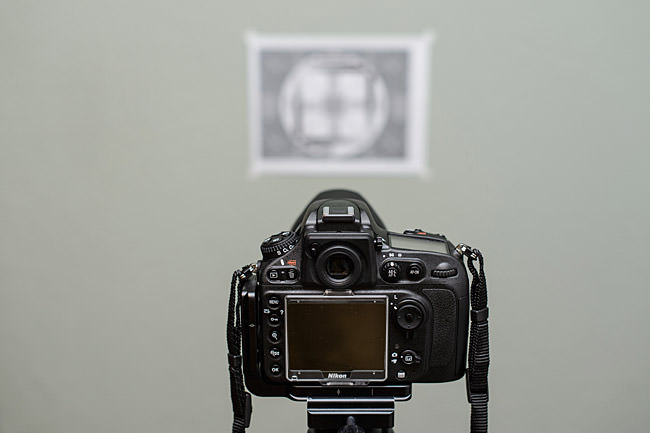Thank you for posting these images. That should really help us help you!
One of the basic principles of photography is to "fill the frame with your subject". Unless you do want a lot of visual context around your subject, a photo of mainly the rabbit would require a 1000 mm lens for your camera, which is getting into near astronomical prices.
Serious wildlife photographers, from what I've read, do crop their photos considerably, but being able to do this successfully requires really good optics, which unfortunately you don't have. As mentioned, don't photograph through windows.
Another option is to get closer to your subject, and while good fieldcraft is a key to great wildlife photography, this is difficult and time consuming.
At first I thought this image exhibited motion blur (maybe you panned the lens along with the rabbit?) but upon closer inspection, what I thought was motion blur was actually lens aberration.
Finally, this image is about a stop too dark. Getting a full range of tones from white to black (another basic principle of photography!) helps give an image pop, helping the viewer see more detail. Your image metadata says that you used an auto exposure mode; I would suggest verifying the image lightness using your camera's histograms, and then adjust the lightness by using the exposure compensation feature.
Getting more light on the subject would help tremendously, but other options include a slower shutter speed and higher ISO. As others mentioned, this lens likely would give you better results by stopping it down.
This image is about two stops too dark, and the rabbit is rather small in the frame.
The image is about 2/3rds of a stop too dark, maybe more (up to 2-½ stops) if you want good brightness on the deer at the risk of blowing out the background. There does appear to be some camera shake here.
Using an old rule of thumb, a 300 mm lens on your sensor size needs about 1/500th second or higher to avoid shake, but of course this is highly variable. I'd feel more comfortably myself at 1/1000th, but many have steady hands and good shooting discipline and can get away with longer shutter speeds. Or they take a burst of images, hoping that one of them will be sharper than the others.
I would suggest stopping down the lens to f/8, using a high shutter speed of 1/500th or faster, and then use exposure compensation along with automatic ISO to get adequate image lightness. Then you can evaluate the noise that comes from underexposure and see if the results are acceptable.











